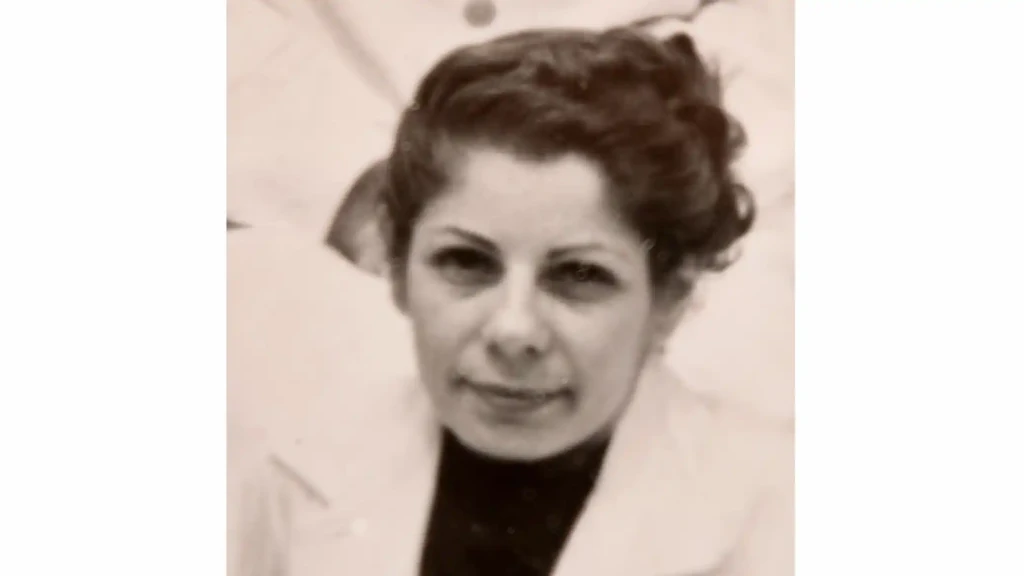Unveiling of a Blue Plaque to Dr Marina Seabright on 6th September at 2.30pm.
Salisbury Civic Society and Salisbury Soroptimists have succeeded in organising the latest Blue Plaque for a women of note. The unveiling will take place on Wednesday 6th September at 2.30pm, followed by a talk and tea for invited guests. The Mayor of Salisbury will be attending, along with representative scientists from Wessex Genomics, members of the Civic Society and Salisbury Soroptimists. The plaque was inspired by the successful project 'Her Salisbury Story' completed by the Soroptimists last year.
Dr Marina Seabright was a leader in the field of cytogenetics. This is the study of cells, looking for abnormalities in chromosones which could indicate a genetic disease or disorder. Her work at Salisbury Infirmary was groundbreaking. She produced the first significant results by accident, but revisted the method some years later and recognised its significance. By using trypsin, she was able to simply, speedily and cheaply characterise individual chromosones. This transformed the field of human genetics and is still widely used today.
Marina Seabright was born in Calabria, Italy in 1922. She studied medicine at Palermo before marrying Harold Seabright, an English sub lieutenant in the Royal Navy volunteer reserves. They settled in Ringwood, Hampshire. She began work at Salisbury pathology department after being turned down by University of Bristol. In 1971 she published her much cited paper on trypsin G-banding technique for chromosomes. Marina was awarded a PhD in the mid 70s for work on the effects of xrays on chromosomes.
She became Consultant Scientist and Director of the Wessex Regional Cytogenetics unit based in Salisbury.The unit flourished under her leadership and she was awarded an OBE on the day of her retirement, 31 December 1987. She lived in Ringwood until her death in 2007.


